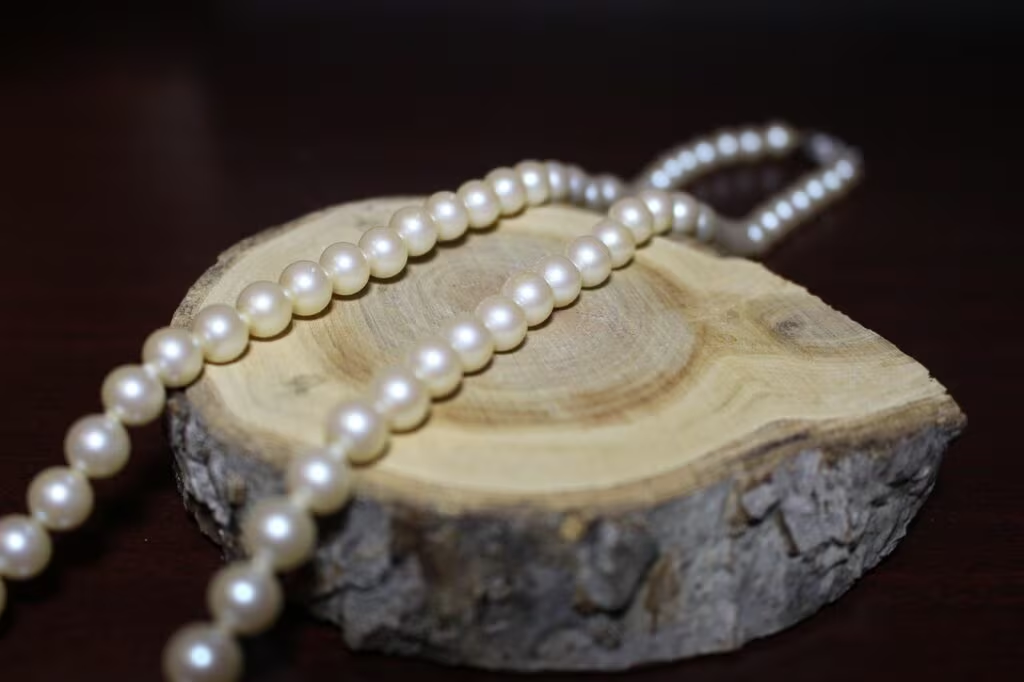Major Breakthrough in Louvre Jewels Heist Investigation
In a significant development in the investigation into the high-profile theft of France’s crown jewels, the Paris Prosecutor’s Office confirmed this week that two suspects have admitted their involvement in the audacious crime at the Louvre Museum. The suspects, whose identities have not been publicly released pending further proceedings, have been formally charged and remanded in custody as the judicial inquiry continues.
This confession marks a crucial turning point in the case, which has captivated global attention due to the sheer scale of the theft and the historical significance of the items targeted. The stolen artifacts, part of France’s national heritage, were taken from one of the world’s most secure and visited cultural institutions.

The Crime: Targeting National Treasures
While the exact details of the heist—including the specific security breaches and the precise date of the theft—remain under judicial seal, the focus of the investigation has centered on the recovery of the stolen items. The theft involved several pieces categorized as France’s crown jewels, artifacts that hold immense cultural and monetary value, often considered irreplaceable.
The admission of involvement by the two arrested individuals provides investigators with critical information regarding the planning, execution, and, most importantly, the current location or disposition of the jewels. The priority for French authorities is now securing the return of the artifacts, which are considered integral parts of the nation’s historical collection.
Judicial Proceedings and Custody Status
The suspects were detained following an intensive, multi-agency investigation that involved specialized units focused on art crime and organized theft. According to statements from the Paris Prosecutor’s Office, the suspects were questioned extensively before making their admissions.
Their current status as being remanded in custody means a judge has determined there is sufficient evidence to hold them while the formal judicial investigation proceeds. This step is necessary under French law to prevent flight, collusion, or the destruction of evidence, particularly in cases involving national heritage.
“The judicial investigation is now focused on tracing the stolen assets and identifying any potential accomplices or buyers in the international black market for stolen art and artifacts. The admissions are a vital step, but the case is far from closed until the jewels are recovered,” stated a source close to the investigation.
The Significance of France’s Crown Jewels
The term “France’s crown jewels” refers to a collection of historic royal artifacts, including crowns, diadems, and various pieces of jewelry, many of which date back to the French monarchy and the Napoleonic era. While many of the most famous pieces are displayed in the Galerie d’Apollon at the Louvre, the specific items targeted in this heist have not been fully itemized by authorities, likely to prevent further inflation of their black market value.

Historical Precedents and Museum Security
Major thefts from the Louvre, while rare, are not unprecedented. The most famous incident remains the 1911 theft of the Mona Lisa, which highlighted vulnerabilities in museum security protocols globally. Since then, the Louvre has implemented state-of-the-art security measures, including advanced surveillance, reinforced display cases, and specialized security teams.
This recent breach raises serious questions about the effectiveness of these modern security systems against sophisticated criminal operations. Experts suggest that high-value, low-volume targets like crown jewels are increasingly attractive to international crime syndicates who can quickly move them across borders and sell them to private, illicit collectors.
Key Challenges for Investigators:
- Recovery: Locating and safely retrieving the jewels, which may have already been broken down or smuggled out of the country.
- Accomplices: Determining if the two suspects acted alone or were part of a larger, organized network.
- Motive: Establishing whether the theft was commissioned by a specific collector or intended for general black-market sale.
What Happens Next in the Judicial Inquiry
The judicial investigation will now proceed under the direction of an investigating judge (known as a juge d’instruction in France). This phase is typically lengthy and involves gathering forensic evidence, interviewing witnesses, and tracing financial transactions related to the suspects.
- Formal Indictment: Based on the evidence and the confessions, the suspects will likely face formal charges of organized theft of cultural heritage, a crime carrying severe penalties under French law.
- Asset Tracing: International cooperation, particularly through organizations like Interpol, will be crucial in tracking the jewels, especially if they have left French territory.
- Security Review: The Louvre Museum and the French Ministry of Culture are expected to conduct a comprehensive and immediate review of all security protocols to prevent future incidents involving national heritage collections.
This admission of guilt provides the clearest path yet toward understanding how one of the world’s most protected collections was breached and offers a glimmer of hope for the eventual recovery of the priceless artifacts.
Key Takeaways
- Confession Confirmed: Two suspects arrested in connection with the Louvre crown jewels theft have admitted their involvement.
- Legal Status: Both individuals have been formally charged and remanded in custody by the Paris Prosecutor’s Office.
- Focus Shifts: The primary goal of the ongoing judicial investigation is now the recovery of the stolen jewels and the identification of any broader criminal network.
- High Stakes: The stolen items are irreplaceable parts of France’s national crown jewels collection, making their recovery a matter of national priority.
Conclusion
The confirmation of the suspects’ confessions represents a major victory for French law enforcement and cultural heritage protection efforts. While the admission provides crucial leverage in the investigation, the true success of the operation hinges on the safe return of the stolen artifacts. The case underscores the persistent and evolving threat posed by sophisticated criminal enterprises targeting cultural institutions, necessitating continuous vigilance and adaptation of security measures at museums worldwide.
Original author: Saskya Vandoorne, Lauren Kent
Originally published: October 29, 2025
Editorial note: Our team reviewed and enhanced this coverage with AI-assisted tools and human editing to add helpful context while preserving verified facts and quotations from the original source.
We encourage you to consult the publisher above for the complete report and to reach out if you spot inaccuracies or compliance concerns.

